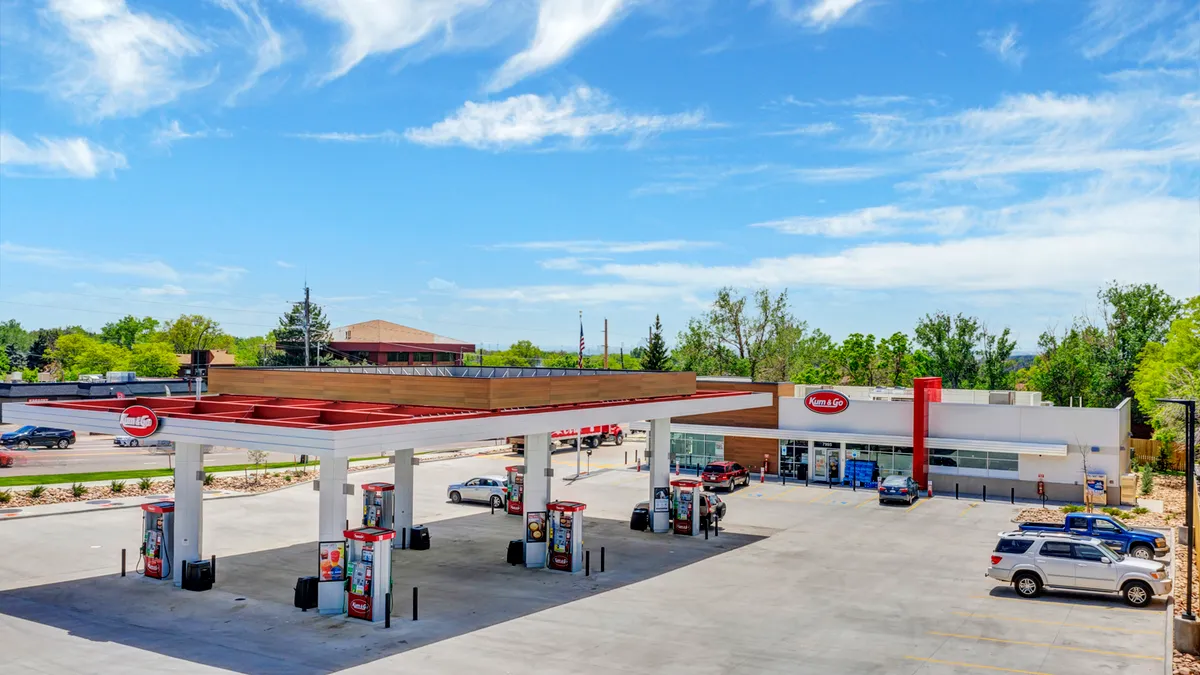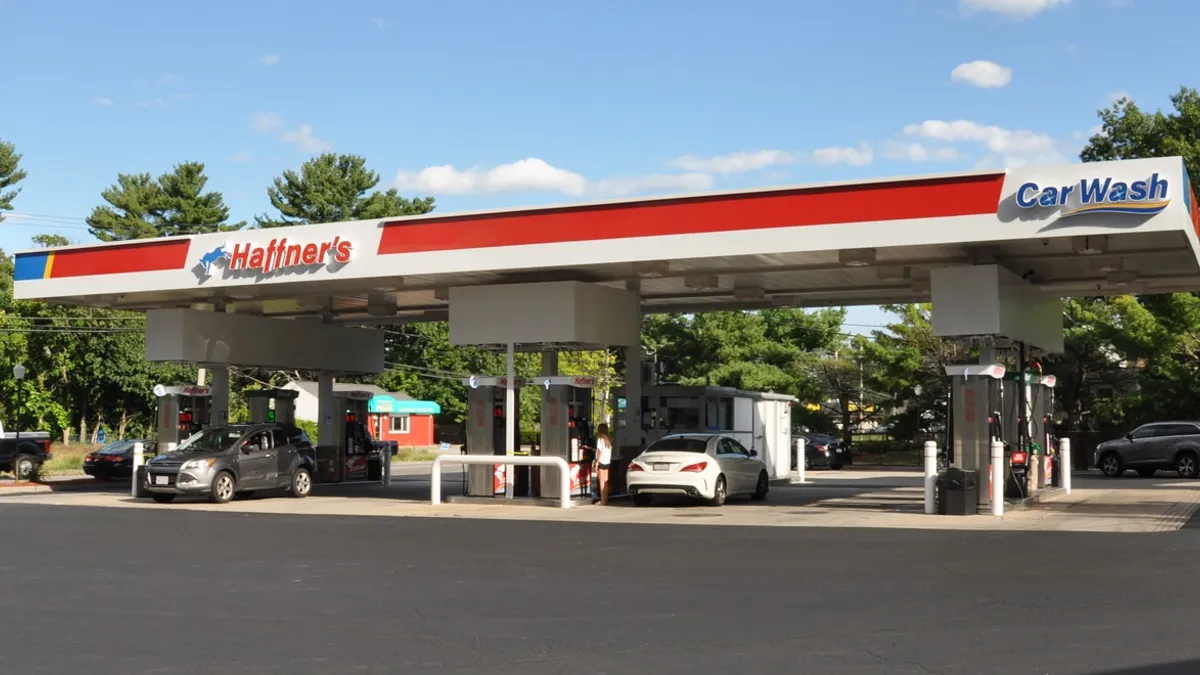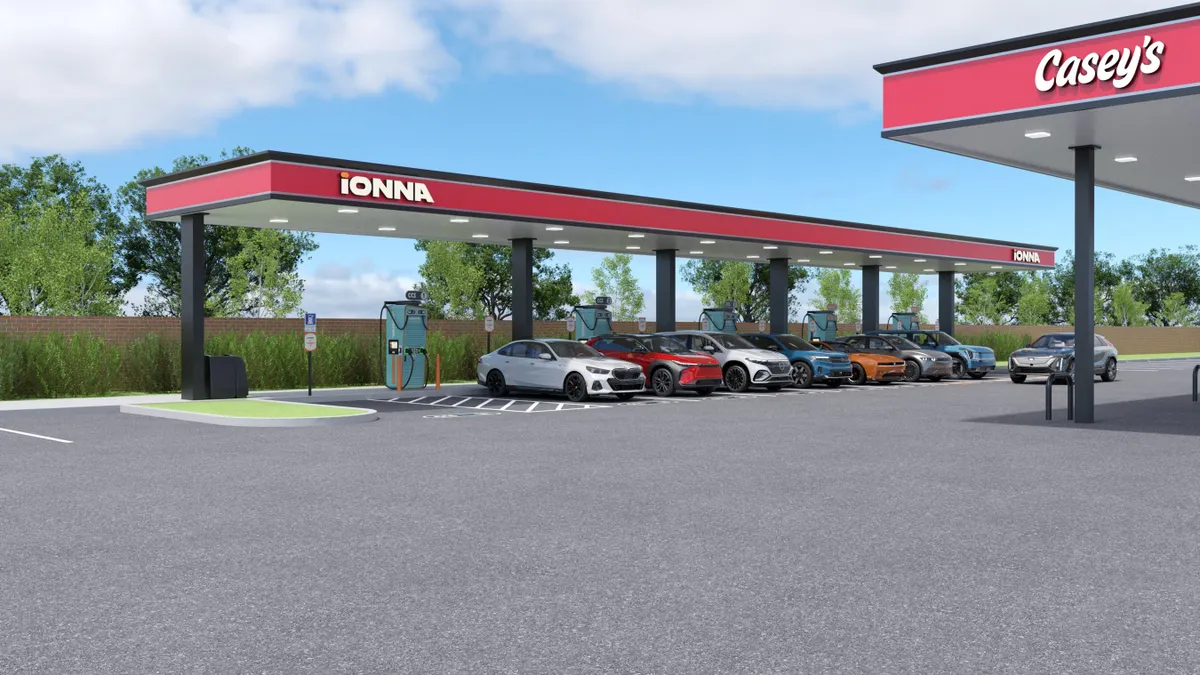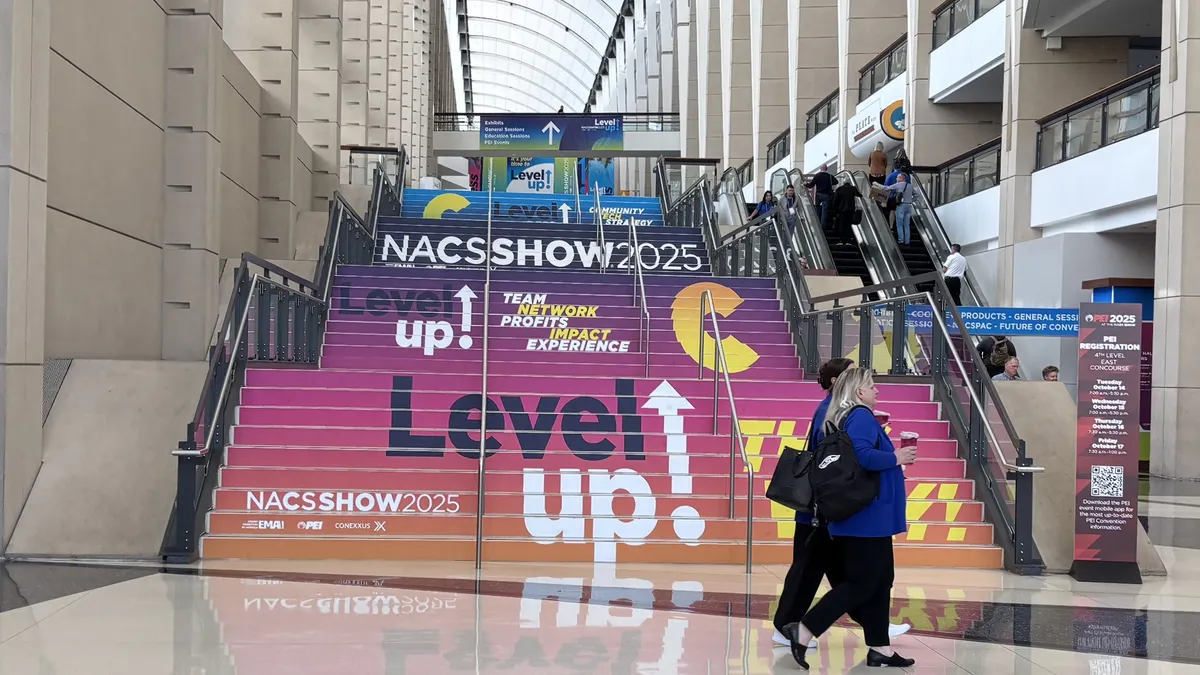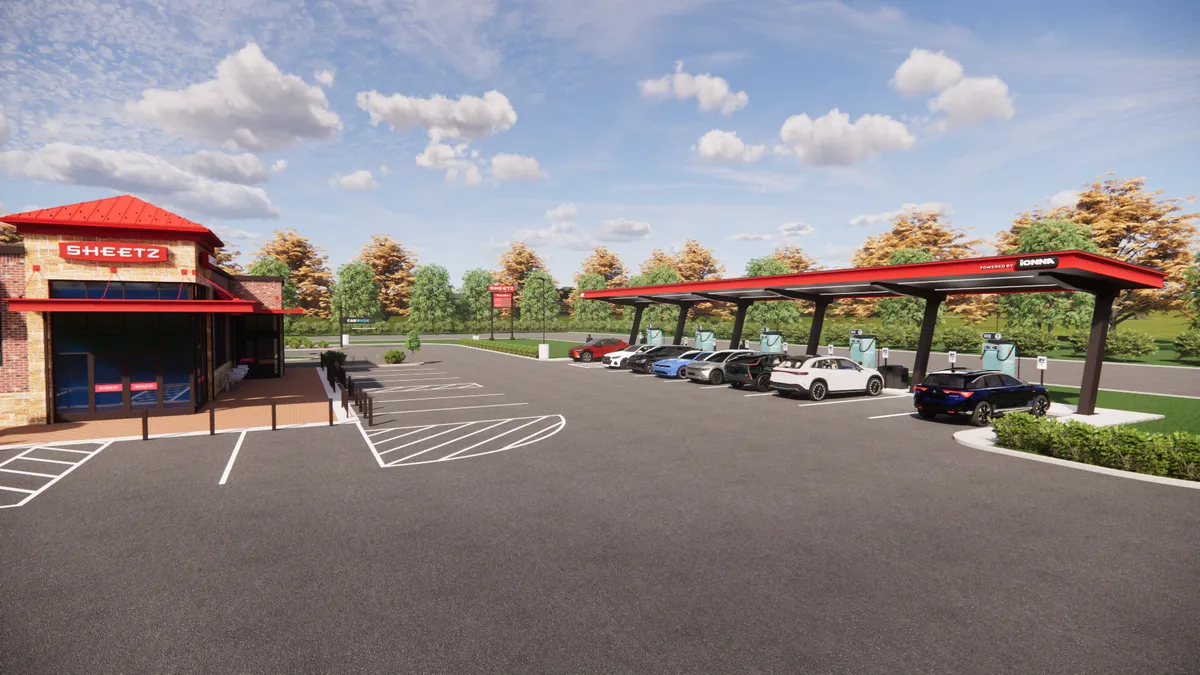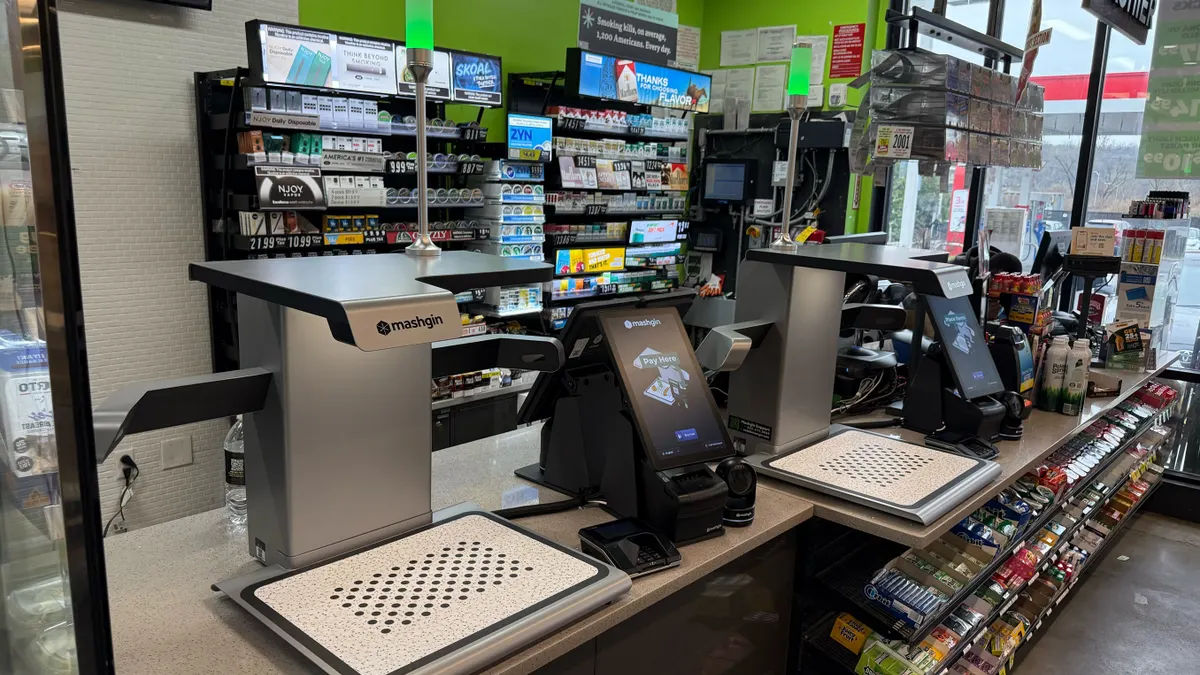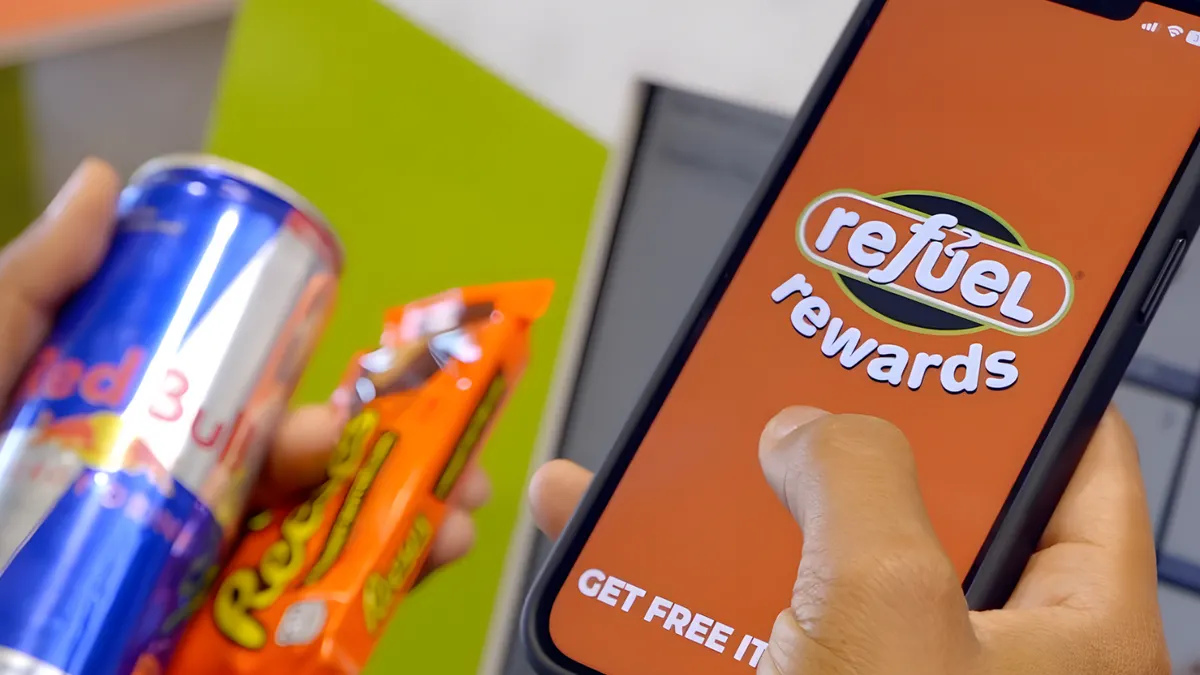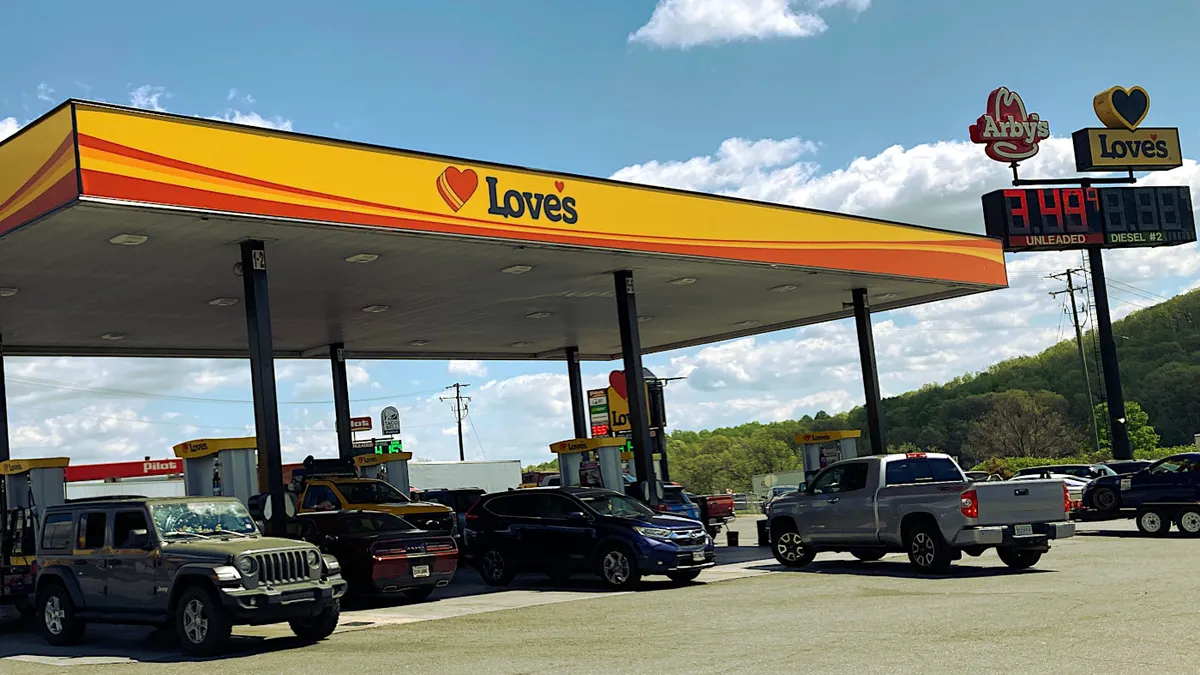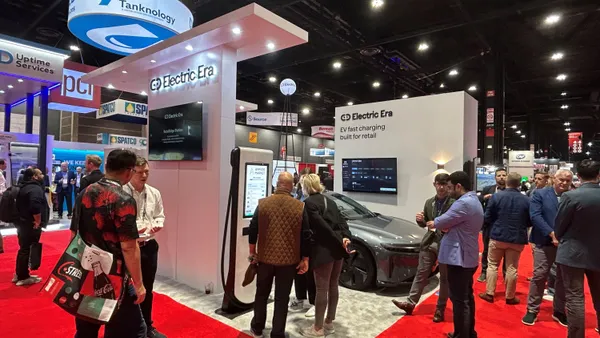C-store chain Kum & Go, which began installing EV chargers back in 2017, has implemented a simple plan for the rollout. It focused on high-traffic corridor locations at first, then expanded to other types of locations, like city-based stores. The chain uses what it learns in existing locations to improve its product going forward.
“We wanted to understand what we sell,” said Jacob Maass, senior fuel pricing manager for Kum & Go, in a NACS EV charging webinar on Tuesday. “What is the difference between selling fuel and selling electrons? What are the implications that come with it? What are the costs that come with it?”
But as Des Moines, Iowa-based Kum & Go gained more data, it has also learned to broaden its horizons.
”We're seeing more success for our EV chargers if it's in the city, and that's because there's a lot of people who don't want to install the charger at home or their neighborhood grid can handle it,” Maass said. “And it’s more convenient for them, faster for them to stop and charge at Kum & Go.”
The company so far has installed ChargePoint units at 13 sites, with 12 more planned; seven Shell Recharge sites; and one FreeWire site. It also hosts Tesla chargers at 15 sites and Electrify America at one site. This has given it experience and data on a variety of charger types.
“We're trying to be ahead of the game, to understand how we can retain these customers and keep them coming to us for a long time,” said Maass.
In the webinar, he shared some of the lessons Kum & Go has learned so far.
Customer pricing concerns
As Kum & Go began collecting data, it learned that people found the pricing confusing. And unlike with gasoline, customers often have another point of reference with electricity pricing.
“People look at their utility bills for their house and see five to six cent charge and they're like, ‘why is that not what I'm getting at the Kum & Go down the road?’” Maas said.
He said the company is looking at ways to help educate customers on how the cost is calculated.
Another, related problem is how the customers get charged.
“Customers do not like the per-minute charge,” Maass said.
He pointed out that since they don’t have any control over how fast the electricity flows into the car, they prefer to just pay for the amount used instead.
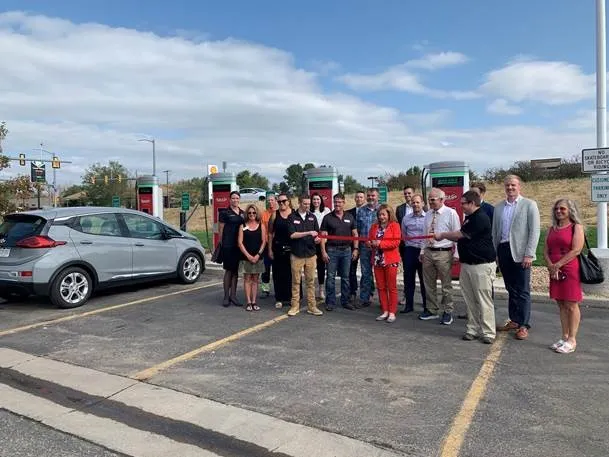
Thinking about amenities
To make the charging process feel familiar to users, Kum & Go has tried to make the experience at the EV chargers mirror that at the gasoline pumps. That means making amenities like garbage cans, windshield cleaning fluid and squeegees available near the chargers. And it may try to do something about protection from the elements, as well.
“Something that we haven't done but I'm very excited to look at … is having a canopy for these drivers,” Maass said.
And in the store itself, Kum & Go found it already had a good mix of amenities to support EV consumers. Maass pointed out that Kum & Go stores generally have indoor and outdoor seating, along with the normal selection of c-store staples like coffee, snacks and soda.
“But we also have made-to-order food,” Maass said, adding that in addition to things like sandwiches or pizza, “we have healthier options, with salads and breakfast sandwiches that are healthier than what you would normally see at your typical convenience chain, and that really helped us.”
Maass also said their stores have gotten many people asking questions about operating or paying for EV charging that associates couldn’t answer.
“We've really been working on upping our game and having those store associates have the ability to answer the questions that do come from that these new drivers,” he said.
Keeping costs down
There are plenty of costs associated with installing EV chargers, from buying the hardware to installation and paying for the electricity.
“By trying to understand our profit and losses [at] some of these EV sites, we quickly realized, hey, there's a lot more at play here than ‘what is that kilowatt per hour charge that we're getting?’”
“We're trying to be ahead of the game, to understand how we can retain these customers and keep them coming to us for a long time."

Jacob Maass
Senior fuel pricing manager, Kum & Go
One significant example Maass cited, demand charges, involve an additional fee assessed by utilities beyond the actual cost of the electricity used.
“With demand charges, we need to pay for that ability to access the level of power needed to charge these vehicles,” Maass said. “So if it's a $10 demand charge at a 600-kilowatt NEVI location, that's $6,000 a month that you're being hit with at your location.”
He discussed a couple options Kum & Go has looked into, including talking to utilities about lowering demand charges or agreeing to pay a known but higher rate, or looking into chargers with battery backups so they don’t draw as much electricity at any one time.
“We at Kum & Go have taken a step back and looked at all locations, what their demand charges are and what their kilowatt-per-hour charges are,” Maass said. “Because we want to understand what that profit/loss can really be per location.”
Fleshing out the experience
In addition to getting customers paying for EV charging, Kum & Go’s ultimate goal is to bring customers inside the store to spend money there, as well.
“We're looking at using the screens that ChargePoint has to put media on there, to continue to increase the amount of customers that are coming inside,” he said. “Putting offerings on there that will help push customers into the store and try our food or try our coffee.”
He also brought up integrating loyalty into the charging ecosystem, saying Kum & Go is looking to reward loyalty members for charging.
“Then we have that ability to track, the ability to understand what that customer is buying and what is the true value of these EV customers,” Maass said.



